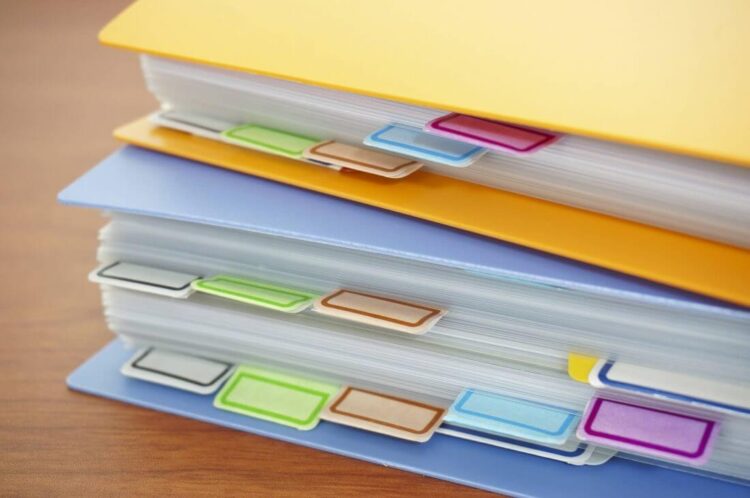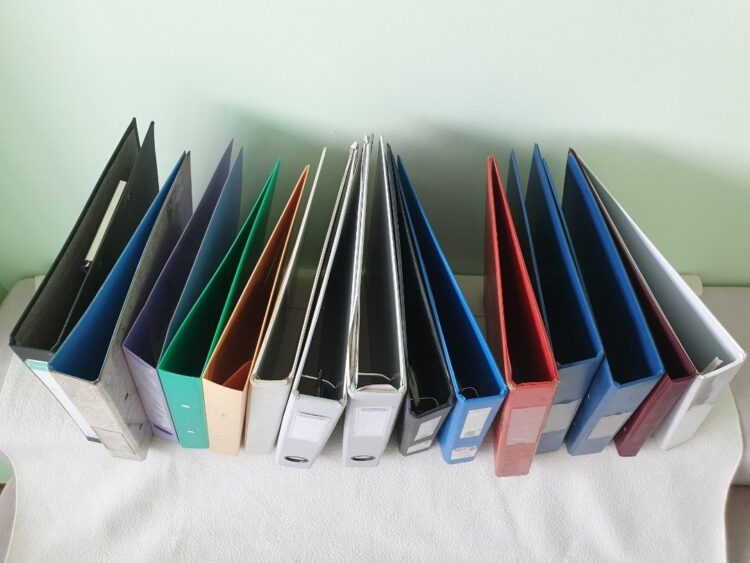Moving to a new home can be challenging, especially if you don’t have enough time to organise the details of your move. Aside from packing and preparing your belongings and furniture, planning every detail of your move can be a daunting task.
Whilst the stress of the moving process can be reduced by hiring professional removalists, there’s still a lot of work to do. If you are opting for a DIY move, you need to prepare yourself for the extra work since you will have to plan every detail of your move, from finding a new home and visiting the website of nearby movers to get more details about their services and request quotes, to figuring out how each item you intend to bring will be loaded into the moving vehicle and delivered to your new residence.
Fortunately, there are several ways on how you can create a positive moving experience for everyone involved. To easily plan and track your progress for all moving-related tasks, it is highly recommended that you create a home moving file for your interstate move
Page Contents
A Home Moving Binder or a Moving File Meant To:
- Help you keep track of your progress
- Keep all important documents safe and organised
- Give you easy access to any document or information that you might need during the move
Here’s What You Need to Do to Create a Personalised House Moving Binder:

Source: architecturaldigest.com
Gather your supplies
You will need a three-ring binder, plastic page sleeves, section dividers, a pen, and a highlighter. You may also want to include a zipper pouch to store miscellaneous items.
Create an index
This will be the first page of your binder and will list all of the sections in your binder. You can use a highlighter to colour-code the sections for easy reference.
Add your sections
Here Are Some Ideas for Sections to Include in Your Moving Binder:

Source: longdistanceusamovers.com
Master to-do list: This will be a comprehensive list of everything you need to do to prepare for your move. When possible create a timeline for when each time must be completed. Following this schedule will help ensure that you will complete all tasks on time and avoid delays in your moving schedule.
Contracts and paperwork: This section will include all of your important contracts and paperwork, such as your lease agreement, mortgage documents, and utility bills.
Notes: This section is for any notes you take about your move, such as contact information for movers, directions to your new home, and a list of items you need to pack.
Inventory of boxes packed: This section will list the contents of each box you pack, so you can easily find what you need when you unpack.
Items you need to buy: This section is for a list of any items you need to buy for your new home, such as furniture, appliances, or cleaning supplies.
Fill in the pages
Once you have created your sections, you can start filling in the pages with your information. Be sure to keep your notes organised and easy to read.
Update your binder as needed
As you get closer to your move date, you will need to update your binder with any new information or changes. This will help you stay organised and on track during the moving process.
To make it easier to locate the documents or references you need from your binder, consider doing the following:

Source: carousell.sg
- Use a bright colour binder so it is easy to find;
- Label the sections clearly so you can find what you need quickly;
- Use plastic page sleeves to protect your documents;
- Colour-code the sections for easy reference;
- Keep your notes organised and easy to read.
Additionally, when creating a moving binder, you can organise everything in one big binder or create one binder for your current residence and another one for your new home. Whilst the tabs or contents of your moving file may vary based on your situation during the move, here are some of the most common tabs that you add to your binder:
Aside from the sections listed above, you can add other sections in the binder, especially if you’re still in the process of finding a new home to move into or you’re still exploring what options will provide you with a convenient move at a reasonable price. Consider adding the following sections:
Moving budget
To make sure that you can successfully move to your new residence without exhausting your resources, you need to set a budget for your move. Get an estimate from relevant service providers and prices for the materials you will be needing for your move. Gathering as much information as you can will help you determine how much you will need for your move.
Utilities
This includes all documents for the utilities in your current residence. Having them in your binder will allow you to access them easily when you need to have these services disconnected or moved to your new residence. You can also use this section to add the contracts or documents for the utilities installed or connected in your new home.
Open house schedules and details
If you’re still looking for a new home to move into, you can compile the open house schedules in your binder. It will make it easier for you to track upcoming events, as well as organise new references or information that you can use during or after your visit.
Mover’s contact details and invoice (if applicable)
This includes moving quotes or estimates from different moving companies in your areas. If you’re considering hiring movers, visit their website to gather information and request a moving quote from at least five companies. Doing so will provide you with more options and better chances of finding a mover that can provide all your moving requirements at a good price.
Storage rental information
If you require storage services for your belongings, create a separate section in your binder for storage-related documents. This may include contracts or agreements, a detailed inventory of your belongings, and images or documentation of the condition of your belongings before the uplift.
Other receipts
This section can be reserved for the receipts you will accumulate when buying materials or getting different moving-related services. Keeping these for some time will make it easier to claim refunds if needed, as well as give you a more accurate price on how much you’ve spent on your move that you can use as a reference for future moves.
Information about your new city
Gather as much information as you can before moving. Aside from the information available online, consider visiting the council in the new city you’re moving into. You may also visit the neighbourhood to have a better insight into what to expect if you choose to move there. Look through brochures and other materials in community centres and keep them for some time as a reference.
School Information
If you have school-age children, it helps to have printed materials that you can look into as you try to decide which school is the best for your children. You can review the details provided on their website and look through the brochures distributed by the school. You can also show these materials to your children and ask for their insight about each school.
Read our guide on DIY moving tips and learn how to move heavy objects with ease.





